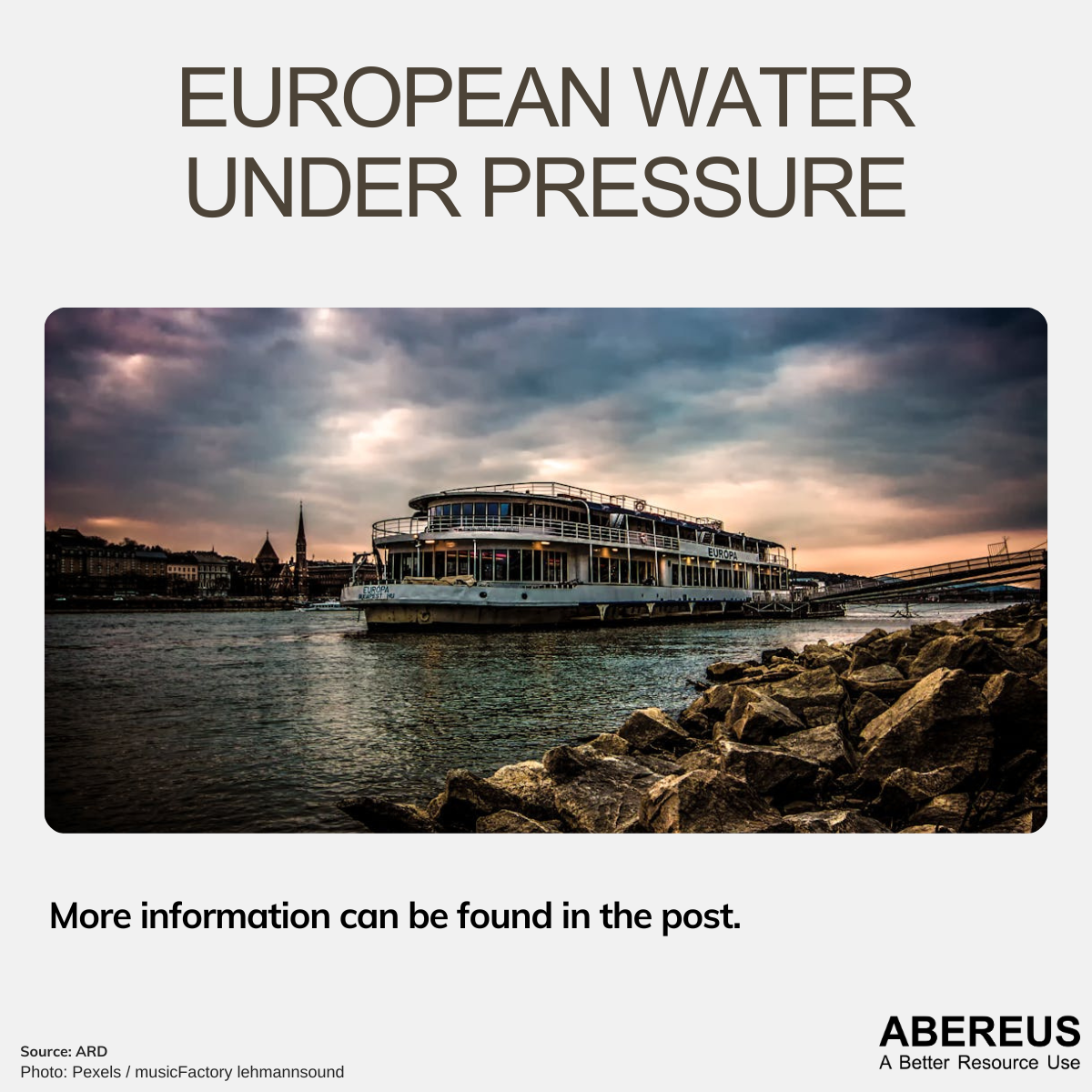Beer and water

Date
Germany and beer are closely connected for many people around the world. “A typical German drinks beer” is the stereotype and many stock photos of Germany and Bavaria are linked to this beverage.
This stereotype exits for a reason. The oldest known breweries in the world are in Germany. Some, like the Weihenstephan Brewery or the Weltenburg Abbey Brewery, go back more than 1,000 years. In 1516, Bavarian dukes and their successors remitted a decree on the ingredients of beer, the Reinheitsgebot. This decree was part of the Bavarian law. Only four ingredients were allowed in beer: hops, malt, yeast, and water.
Water is with around 90% the biggest player of the four. In the old days, the water parameters of a town – its taste and its quality – decided which beer types were best brewed there. Nowadays, we know all water requirements of different types of beer and how differences affect the taste of it. Every brewery will treat its water to make sure that purity, hardness, and other criteria fit the desired taste.
Let’s look at some of those parameters: The pH-value of the water should be more or less neutral, between 7 and 8. Elements or molecules like iron, nitrate, chloride, or sulfate should be present, however in units less than 100 mg/l. The water hardness depends on the type of beer. Pils needs to have a hardness between -2° and 2° dH, while Blondes need be at less than 5° dH and darker beers require a value of less than 10° dH. The hardness of water is mainly the result of the amount of Calcium and Magnesium in the water.
These parameters and all other can be defined during the water treatment process. Therefore, the brew water and its magic power to the beer is more a myth of the old days.
For more information about beer, water and us, get connected and join us for a better resource use.
Source: https://www.hopfenhelden.de/bierwissen-craft-beer-brauwasser/



